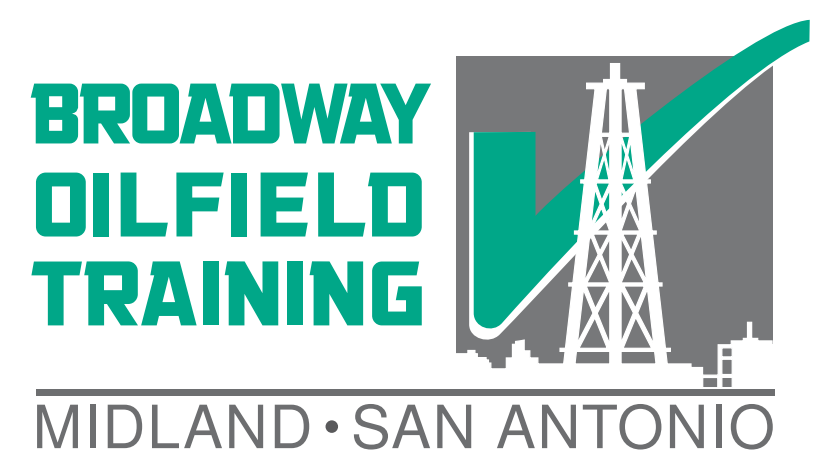SafeLand training is an important step to giving oilfield workers some awareness of fire safety. All workers must understand the potential risks for generating an oilfield fire. They must also understand how to never expose themselves to risk by leaving an escape for any potential fire.
THE FIRE TRIANGLE
Three things are needed to start a fire and without one of these ingredients the fire fails to start. This is commonly known as the fire triangle and it includes:
- Oxygen
- Fuel
- Ignition
In our SafeLand training we teach that a fire can be metaphorically thought of like a living animal in that it needs to eat, breathe, and receive a spark of energy to be born.
OILFIELD FUELS/FIRE CLASSES
In SafeLand training, students are taught the different classes of fires because different types of fires require different types of firefighting techniques and extinguishers. The types of fires are classified by a letter grade determined by the type of fuel that the fire is generated by.
- Class A Fire: Wood and general fuels
A “Class A” fire is fueled by wood or general garbage. In the South Texas oilfields, dry grasses may also constitute a Class A fuel and wild land fires need to be considered as they can engulf the exit routes from the rigsite. A lit cigarette can constitute a Class A fuel and become an efficient ignition source for dry grasses as well. Some operators in South Texas have moved to ban smoking on their leases because of this risk.
- Class B Fire: Oils and flammable liquids
In an earlier SafeLand topics post we discussed flammable liquids and explosive gasses, which represent high energy sources commonly found in oilfields. Flammable liquids are classified as “Class B” fires and explosive gasses tend to concentrate within confined spaces, vessels, and other petroleum conduits.
- Class C Fire: Electrical
Electrical fires are caused by shorts, overloads, and other problems with electrical circuitry. To prevent improper installation as defined by NFPA guidelines, electrical components must be installed by a competent person. Over time, the South Texas environment can be punishing on electrical systems in terms of corrosion and wear.
- Class D Fire: Flammable metal
Flammable metals are not commonly known, but they do exist in South Texas. Iron sponge, a reddish iron sulfide scale caused from the interaction of H2S and carbon steel is a flammable rust commonly found around refineries in the Corpus Christi area. The alkali earth metals such as sodium and potassium are also flammable.
FIRE SUPPRESSION
Oilfield workers are not required to fight fires, and once a fire has grown beyond the incipient stage, they are required to leave that fire to the professionals. As mentioned earlier, for each type of fire it is important to remember that the correct type of extinguisher is used. To suppress the fire with a hand-held extinguisher, the PASS method is commonly taught:
- Pullthe pin
- Aimat the base of the fire
- Squeezethe trigger
- Sweepacross the base of the fire
It cannot be overemphasized during SafeLand training that South Texas oil and gas workers are not professional firefighters. If they feel the fire is putting their health at risk, they are losing their chance at egress, or the fire has grown beyond the incipient stage then it is past the time to egress and leave the fire to the professionals. Equipment can be replaced but a person’s life cannot.
Recommended Training: South Texas SafeLand
Notice: Article is provided as is and for informational use only. Eagle Ford Training San Antonio, its owners, instructors, and affiliates hereto referred as the company shall have no liability for and you shall defend, indemnify and hold harmless from and against any claim loss demand, liability, obligation, and expense based upon any injury or damage, spill or pollution, product liability, or any other loss that may occur. The liability for the use of information is solely yours notwithstanding any act of error or omission by the company.
